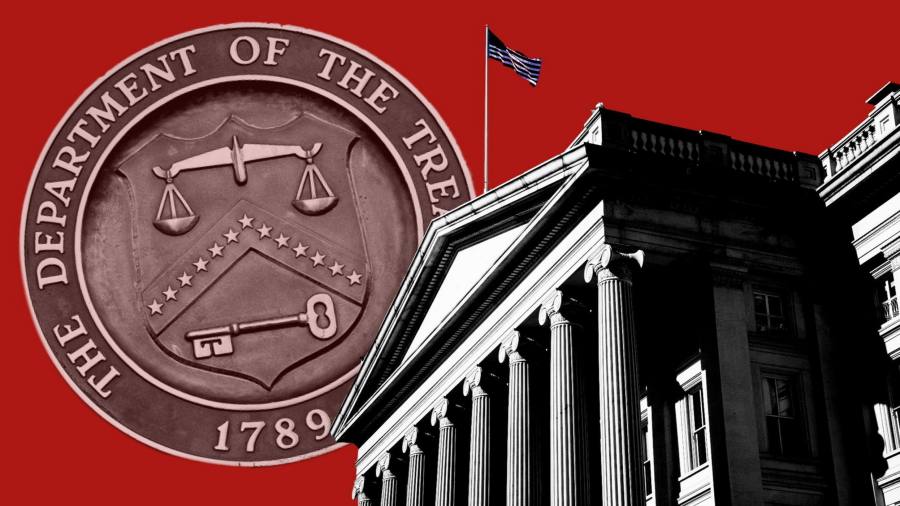European and Asian equities slipped on Tuesday as investors remained concerned about a potential US debt default, with politicians failing to strike a deal on Monday.
The region-wide Stoxx Europe 600 index opened 0.3 per cent lower, as did Germany’s Dax and France’s Cac 40. London’s FTSE 100 fell 0.2 per cent.
In Asia, China’s CSI 300 fell 1.4 per cent, with financials and technology stocks among the worst performers. Japan’s Topix fell 0.7 per cent and Hong Kong’s Hang Seng index dipped 1.3 per cent, taking its loss so far this year to 3.5 per cent.
Contracts tracking Wall Street’s benchmark S&P 500 and those tracking the tech-heavy Nasdaq 100 both edged up 0.1 per cent ahead of the New York open.
The moves come after President Joe Biden and Republican House Speaker Kevin McCarthy on Monday evening failed to strike a deal to prevent the US government running out of money by the end of the month.
Although both politicians described the meeting as “productive”, their deadline is fast approaching: Treasury secretary Janet Yellen has said it “will be unable to continue to satisfy all of the government’s obligations by early June, and potentially as early as June 1”.
“This may be a bumpier ride than markets are currently pricing,” analysts at JPMorgan said, with “a lot of work to do” before the so-called X-date, when the government runs out of money, some time next month.
Traders are in effect “twiddling thumbs” until either an agreement is reached or the world’s biggest economy defaults, said Mike Zigmont, head of trading at Harvest Volatility Management.
On Monday, a reportedly AI-generated image of an explosion near the Pentagon, later confirmed as fake, spread quickly on social media and briefly knocked the S&P 500.
“Whether today’s fake story was exploited by its creators for profit is unknown”, said Zigmont. “[But] this is a big change. A lot of algorithmic traders are using news to act quickly. Those groups are the ones that are going to get most damaged by this new reality.”
Investors on Tuesday are awaiting the latest US purchasing managers’ index, which tracks monthly changes in manufacturing and services activity and provides a measure of how higher interest rates are weighing on the economy.
In commodity markets, prices for Brent crude were steady at $75.99 a barrel. A measure of the dollar’s strength against a basket of six other currencies gained 0.1 per cent.
Read the full article here



